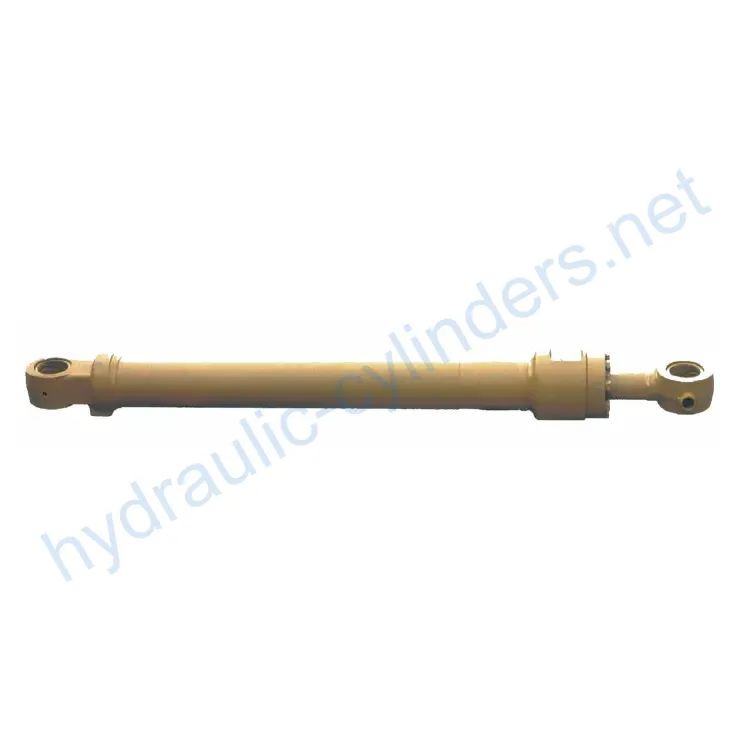Boom Cylinder For Volwa Cane Unloader DLS210-9A
Boom Cylinder For Volwa Cane Unloader DLS210-9A
Product Overview
The Boom Cylinder For Volwa Cane Unloader DLS210-9A is a crucial hydraulic component designed specifically for enhancing the functionality of heavy machinery like cane unloaders. This type of hydraulic cylinder is responsible for controlling the movement of the bucket in various heavy-duty applications, such as excavators, backhoes, and front loaders. It facilitates the lifting, lowering, and tilting of the bucket, thereby improving efficiency in material handling tasks.
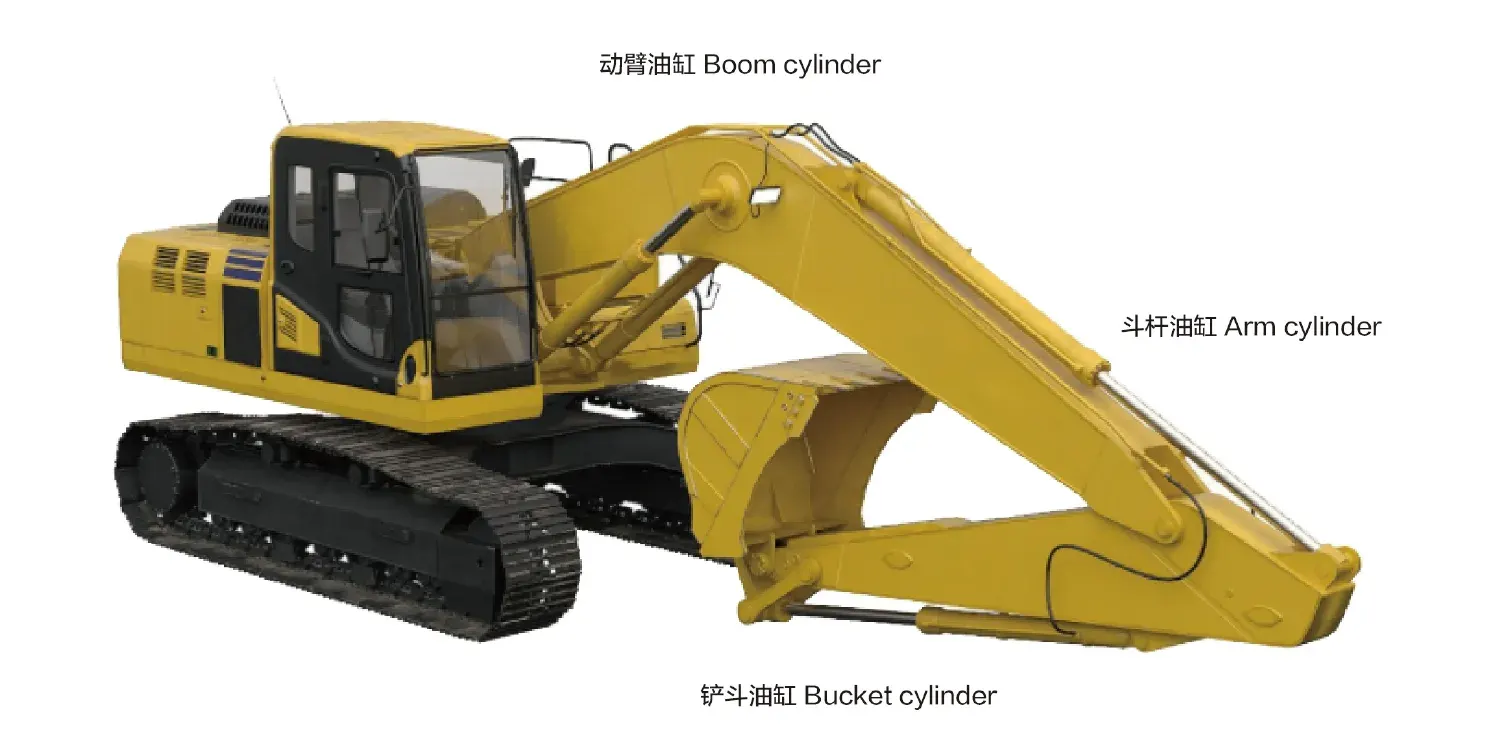
What is a Bucket Cylinder?
A bucket cylinder is a specialized hydraulic cylinder designed to manage the movement of buckets in heavy equipment. These cylinders are engineered to withstand high pressure and heavy loads, making them ideal for environments that demand durability and reliability. The primary role of a bucket cylinder is to enable precise control over the bucket’s actions, which is essential for tasks such as digging, lifting, and transporting materials. The engineering behind these cylinders includes considerations for strength, durability, and efficiency, making them a fundamental component in hydraulic systems across various industries.
Features of the Boom Cylinder
- High Strength and Durability: Typically made from high-strength steel or aluminum, the boom cylinder can withstand high pressures and heavy loads, making it suitable for harsh working environments. The design emphasizes wear resistance and corrosion protection, extending its lifespan.
- Efficient Hydraulic Operation: Utilizing hydraulic oil pressure, the cylinder enables smooth extension and retraction, allowing for rapid response to operational commands. This capability provides significant pushing and pulling power, ideal for handling heavy loads and complex tasks.
- Diverse Types Available: Bucket cylinders can be selected in single-acting (operating in one direction) or double-acting (operating in both directions) configurations to meet different operational needs. Certain models are telescopic, allowing for greater extension without increasing external dimensions, suitable for space-constrained applications.
- Compatibility with Various Equipment: Our products can seamlessly replace existing hydraulic cylinders, ensuring compatibility with a wide range of machinery and enhancing their performance.
- Maintenance-Friendly Design: The design of the boom cylinder simplifies maintenance and repair, making it easier for operators to perform necessary upkeep to ensure optimal performance.
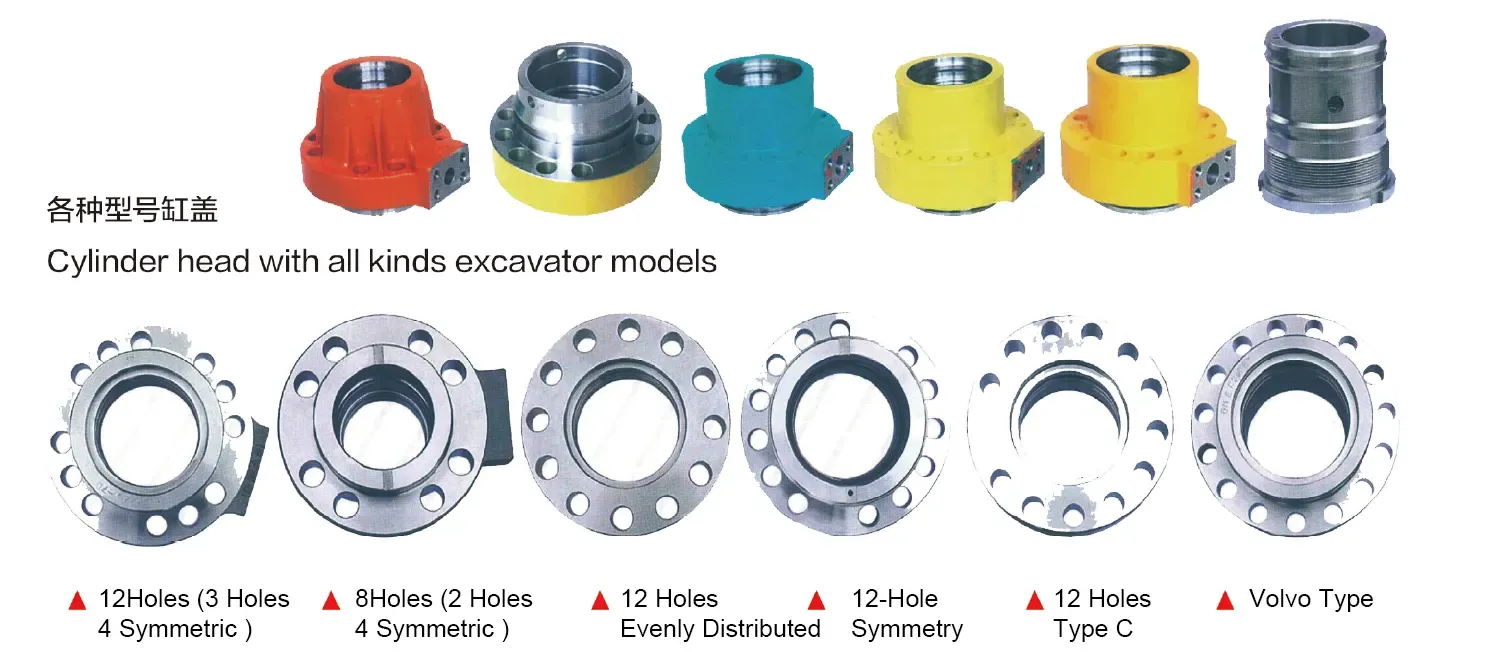
Applications of the Boom Cylinder
Construction Equipment
In construction equipment such as excavators, the boom cylinder plays a vital role in digging, loading, and moving soil or debris. Its hydraulic capabilities enable the operator to perform precise movements, essential for effective excavation tasks. In backhoe loaders, the bucket cylinder assists in both digging and lifting operations, making it a key component in various construction projects.
Agricultural Machinery
In agricultural settings, front-end loaders utilize boom cylinders for scooping, lifting, and transporting soil, hay, and other materials. The ability to control the bucket’s position allows for efficient loading and unloading of materials, significantly enhancing productivity on farms.
Excavators
In excavators, the boom cylinder enables the bucket to penetrate the ground effectively, facilitating digging operations. This functionality is critical as it allows operators to reach desired depths and maximize their excavation efforts, significantly impacting project timelines and efficiency.
Loaders
In front loaders, boom cylinders are essential for lifting and dumping materials effectively. The hydraulic control provided by these cylinders ensures that operators can manage heavy loads safely and efficiently, improving the overall performance of the machinery.
Design Considerations and Selection Criteria
Load Capacity
When selecting a boom cylinder, understanding its load capacity is crucial. The cylinder must be capable of handling the maximum expected load while maintaining safety and performance standards. This involves calculations that account for the weight of the materials being moved, the dynamics of the machine, and safety factors to prevent failures under load.
Sealing Performance
Sealing is a vital aspect of hydraulic cylinder design. Effective seals prevent fluid leaks, ensuring that the hydraulic system operates efficiently. High-quality seals made from materials like polyurethane and nitrile rubber are used to withstand wear and tear while maintaining integrity under pressure. Regular inspections and replacements of seals are necessary to prevent hydraulic fluid loss and maintain system performance.
Durability
Durability is a critical consideration, especially in harsh operating environments. The cylinder must be resistant to wear, corrosion, and extreme temperatures. Manufacturers often use advanced materials and coatings to enhance durability, ensuring that the product can withstand challenging conditions without compromising performance.
Safety Features
Safety features are paramount in hydraulic cylinder design. This includes ensuring that the cylinder can operate safely under maximum pressure conditions and that there are fail-safes in place to prevent accidents or equipment failures. Understanding the safety ratings and certifications of a cylinder is essential for ensuring compliance with industry regulations and standards.
Maintenance Accessibility
A well-designed hydraulic cylinder should facilitate easy maintenance. This includes access points for lubrication, inspection, and replacement of seals and other components. Regular maintenance ensures longevity and optimal performance, reducing downtime and repair costs for operators.

Sealing and Lubrication
Effective sealing and lubrication practices are essential for the smooth operation of hydraulic cylinders. Various sealing components, such as piston seals and rod seals, are utilized to maintain pressure and prevent leaks. The selection of seals made from durable materials like polyurethane and nitrile rubber is critical for ensuring longevity and resistance to wear.
Additionally, the cylinder body and threaded end surfaces are precision machined to enhance wear resistance. Regular lubrication with hydraulic oil is necessary to reduce friction and wear on moving parts, ensuring efficient operation and extending the lifespan of the cylinder. Operators should maintain a schedule for lubrication to prevent damage and ensure optimal performance.
Preventive Maintenance Measures
- Regular Inspections: Conducting routine inspections of the hydraulic cylinder and its components is crucial for identifying wear and potential issues before they become significant problems. Inspect seals, connections, and the cylinder body for signs of wear or damage.
- Appropriate Lubrication: Ensuring that the cylinder is adequately lubricated is vital for its operation. Use recommended hydraulic oils and maintain proper levels to prevent dryness and excessive wear on moving parts.
- 更换密封件: Regularly check seals for wear and replace them as needed. Worn seals can lead to leaks and decreased efficiency, impacting the overall performance of the hydraulic system.
Installation Guide
Proper installation of the boom cylinder is essential for ensuring optimal performance and safety. Follow these steps for correct installation:
- Preparation: Before installation, ensure that the equipment is powered down and that all hydraulic pressure has been released. Gather necessary tools and components for installation.
- Alignment: Properly align the cylinder with the mounting points on the machinery. Using appropriate mounting brackets can help achieve the correct alignment and secure the cylinder in place.
- Connection: Connect hydraulic lines carefully, ensuring that all fittings are tight and leak-free. Consider using thread sealant where necessary to prevent leaks.
- Testing: After installation, test the system to ensure proper operation. Check for leaks and listen for unusual noises that may indicate installation issues.
Common Maintenance Tasks
- Regular Inspections: Conducting regular inspections allows for the early identification of potential problems. Look for signs of wear, leaks, and damage.
- Proper Lubrication: Maintain regular lubrication schedules to ensure that all moving parts operate smoothly, reducing friction and wear.
- 更换密封件: Monitor the condition of seals and replace them as necessary to maintain hydraulic efficiency and prevent leaks.
Safety Considerations and Environmental Factors
When using hydraulic cylinders, it is crucial to implement appropriate safety measures. Operators should be trained to understand the potential risks associated with hydraulic systems, including high-pressure hazards and the importance of following safety protocols during operation and maintenance. Utilizing personal protective equipment (PPE) and adhering to manufacturer guidelines further ensures safe handling and operation.
Troubleshooting and Common Issues
- Leakage: If leakage is observed, check seals and connections for damage. Replace worn seals and ensure connections are secure to prevent fluid loss.
- Slow Response: A slow response can indicate low hydraulic fluid levels or air in the system. Check the fluid levels and bleed the system as necessary.
- No Movement: If the cylinder does not move, inspect for obstructions, ensure that hydraulic pressure is adequate, and check for any damaged components that may need replacement.
Troubleshooting Tips
To effectively diagnose and resolve issues with hydraulic cylinders, follow these troubleshooting tips:
- Regular Maintenance: Implement a preventive maintenance program to identify issues early and keep the system running efficiently.
- Monitoring Performance: Keep track of the performance of the hydraulic cylinder. Any irregularities should be investigated promptly to avoid severe damage.
- Consulting Professionals: If problems persist, consulting with hydraulic system professionals can provide valuable insights and recommendations for repairs.
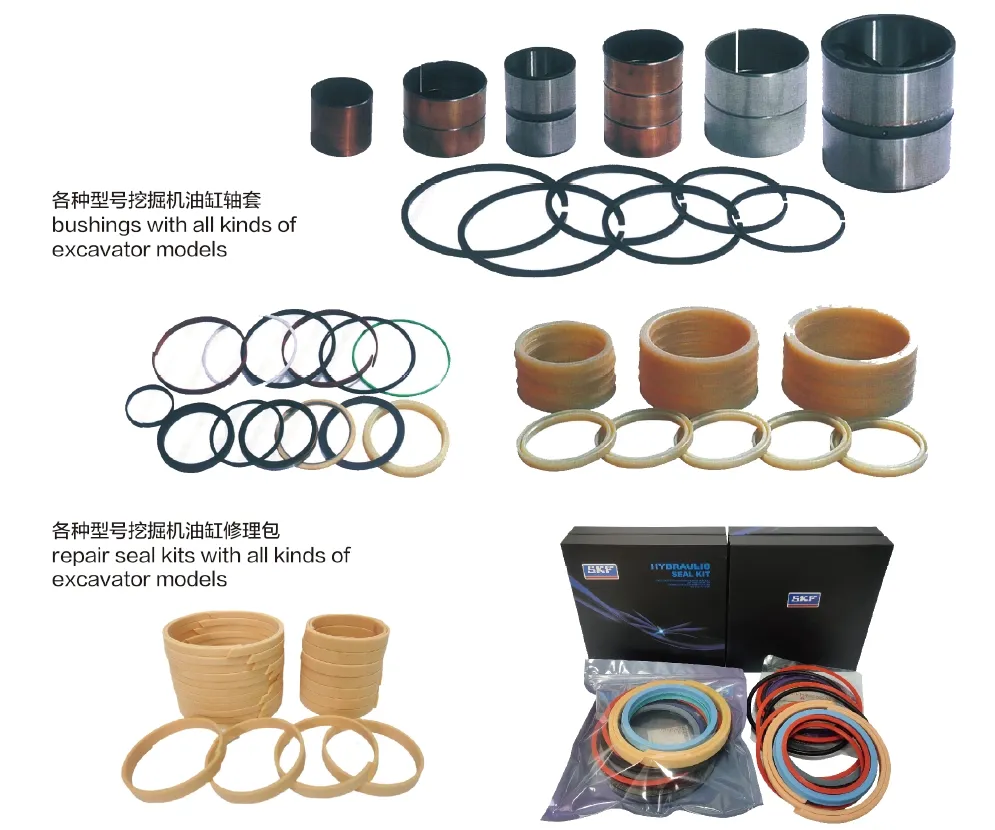
Company Overview
We are a leading manufacturer of replacement hydraulic cylinders, offering a comprehensive range of products that cater to domestic and international markets. Our commitment to excellence is backed by a sophisticated manufacturing strategy and a focus on quality. With an emphasis on precision manufacturing, our production facilities are equipped with advanced technology and skilled technicians to ensure high standards of quality control.
Our specialization in custom solutions enables us to meet the diverse needs of our clients, while our international certifications attest to our adherence to global manufacturing standards. From production equipment to after-sales service, we prioritize customer satisfaction and strive to maintain long-lasting relationships with our clients.
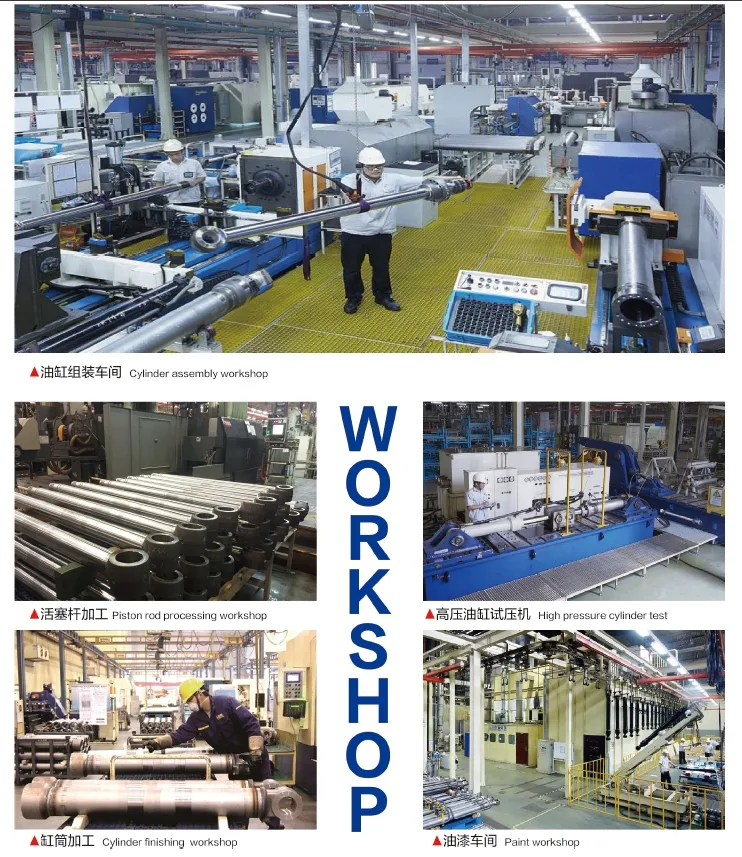
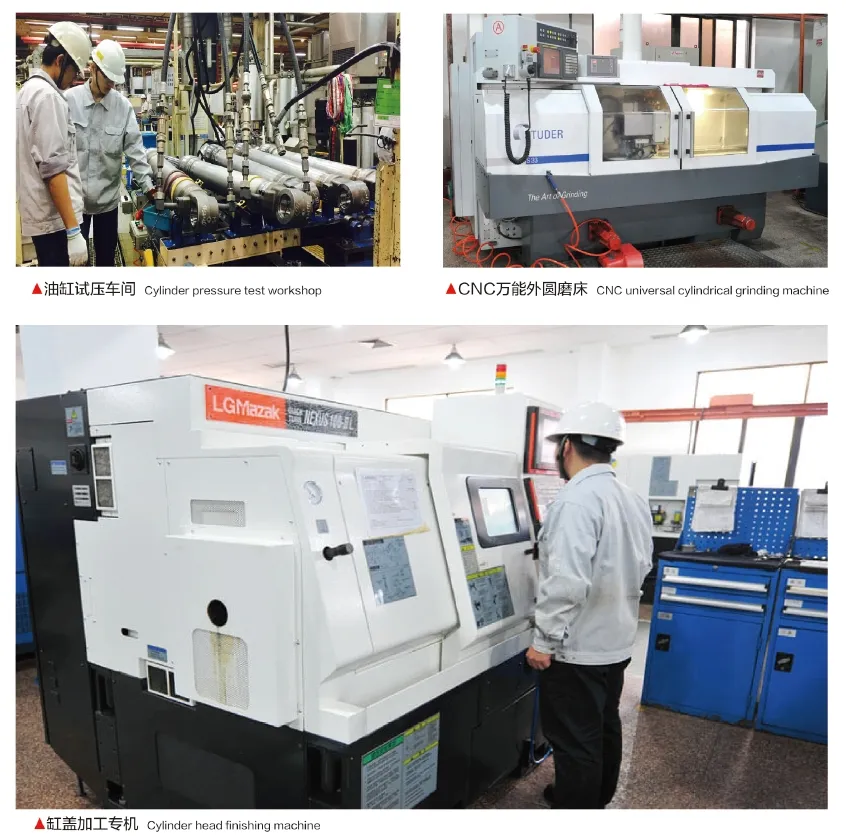
Author: lyl
参观我们的 VR 工厂
通过以下方式参观我们的 VR 工厂
液压缸应用:


